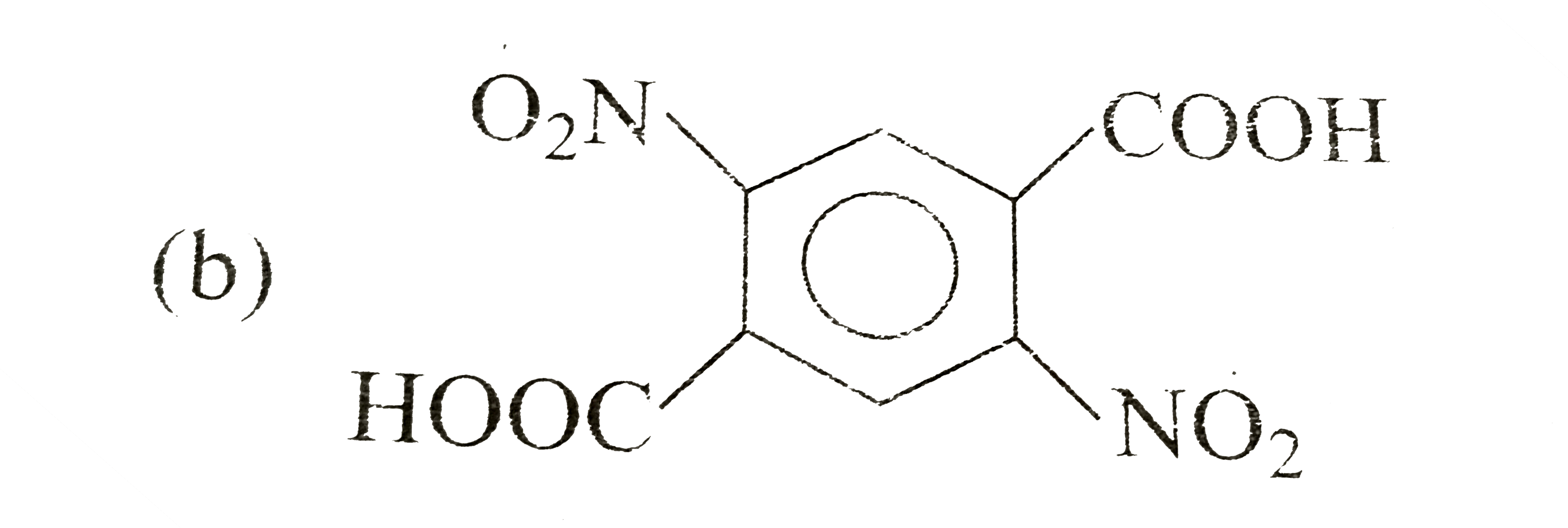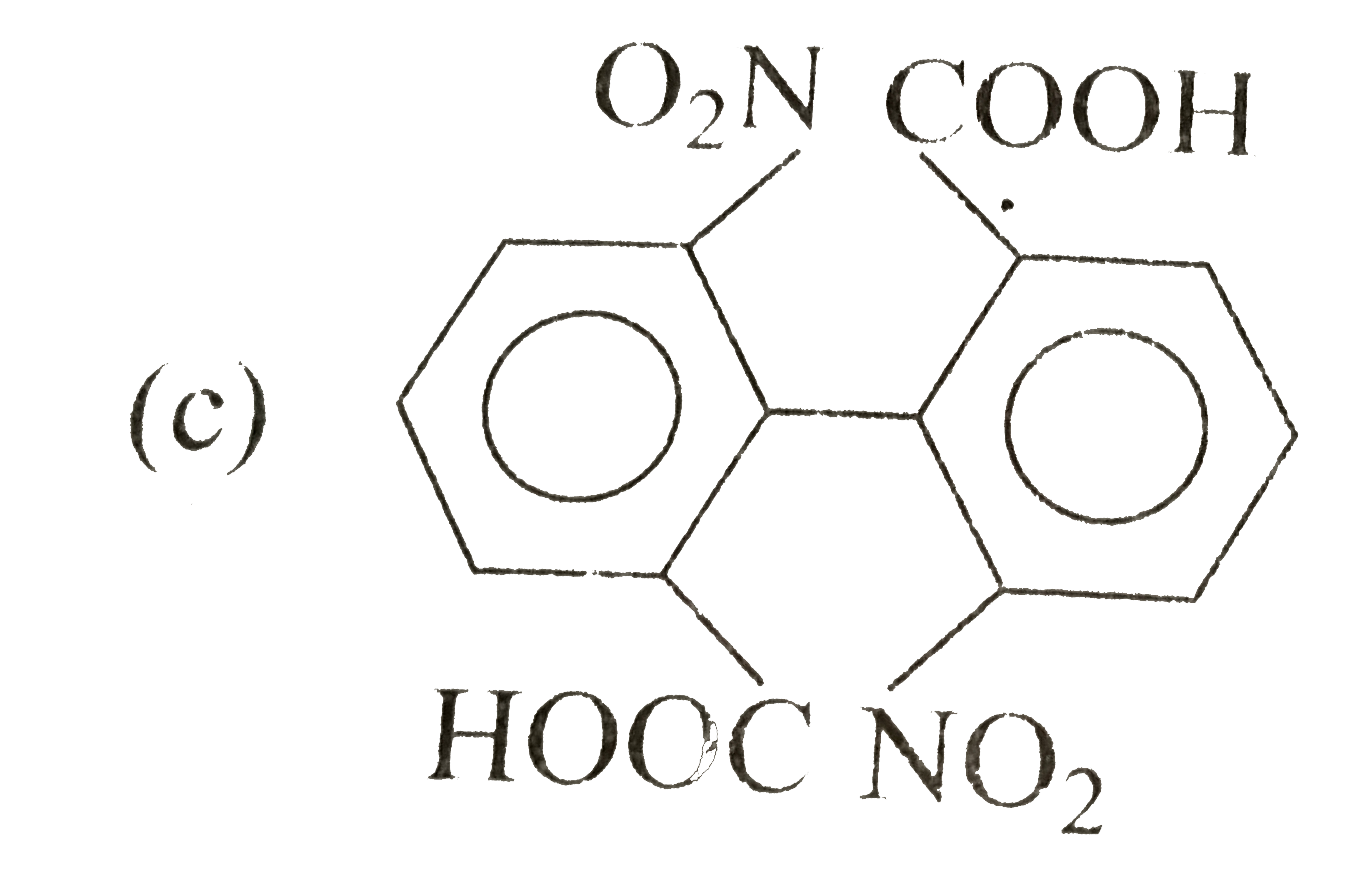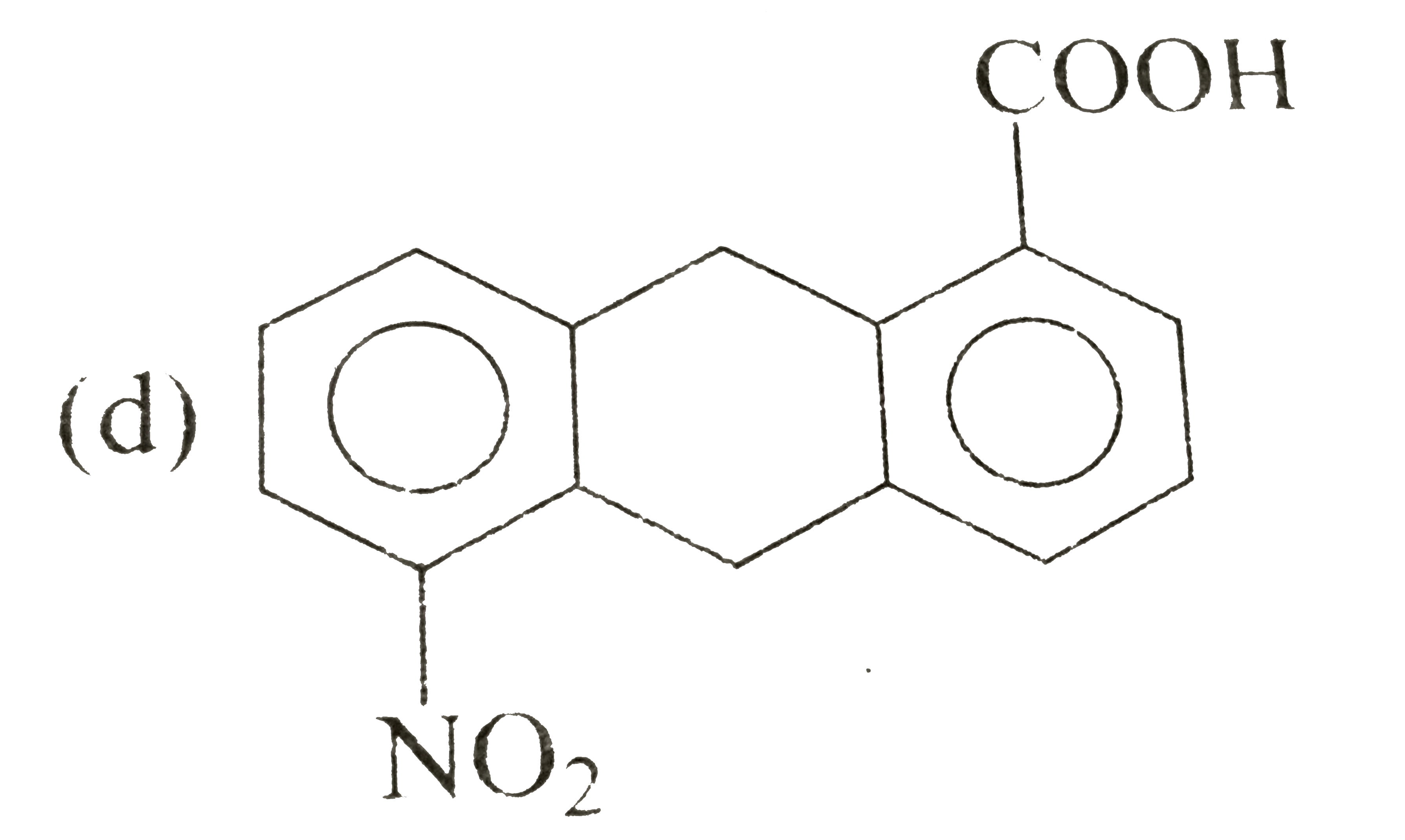An SN1 reaction of an enantiomerically pure chiral alkyl halide gives a product .
with retention of configuration
with inversion of configuration
with recemisation
with partial racemisation
To solve the question regarding the product of an SN1 reaction of an enantiomerically pure chiral alkyl halide, we can follow these steps:
Step 1: Understand the SN1 Mechanism
In an SN1 reaction, the mechanism involves two main steps:
1. Formation of a carbocation intermediate after the leaving group (halide) departs.
2. Nucleophilic attack on the planar carbocation.
Step 2: Formation of the Carbocation
When the enantiomerically pure chiral alkyl halide undergoes the SN1 reaction, the leaving group (X-) will leave, resulting in the formation of a carbocation. This carbocation is planar and can be attacked from either side.
Step 3: Nucleophilic Attack
Since the carbocation is planar, the incoming nucleophile can attack from either the top or the bottom of the plane of the carbocation. This leads to the formation of two possible products:
- If the nucleophile attacks from the top, it will yield one enantiomer (let's say R).
- If the nucleophile attacks from the bottom, it will yield the other enantiomer (let's say S).
Step 4: Formation of a Racemic Mixture
Because both enantiomers (R and S) are formed in equal amounts due to the planar nature of the carbocation, the final product is a racemic mixture. A racemic mixture contains equal amounts of both enantiomers and is optically inactive.
Conclusion
The product of the SN1 reaction of an enantiomerically pure chiral alkyl halide is a racemic mixture of the two possible enantiomers.
Final Answer
The correct answer is that the product is a racemic mixture.
---
In an SN1 reaction, the mechanism involves two main steps:
1. Formation of a carbocation intermediate after the leaving group (halide) departs.
2. Nucleophilic attack on the planar carbocation.
When the enantiomerically pure chiral alkyl halide undergoes the SN1 reaction, the leaving group (X-) will leave, resulting in the formation of a carbocation. This carbocation is planar and can be attacked from either side.
Since the carbocation is planar, the incoming nucleophile can attack from either the top or the bottom of the plane of the carbocation. This leads to the formation of two possible products:
- If the nucleophile attacks from the top, it will yield one enantiomer (let's say R).
- If the nucleophile attacks from the bottom, it will yield the other enantiomer (let's say S).
Because both enantiomers (R and S) are formed in equal amounts due to the planar nature of the carbocation, the final product is a racemic mixture. A racemic mixture contains equal amounts of both enantiomers and is optically inactive.
The product of the SN1 reaction of an enantiomerically pure chiral alkyl halide is a racemic mixture of the two possible enantiomers.
The correct answer is that the product is a racemic mixture.
Topper's Solved these Questions
- QUESTION PAPER 2022 TERM 1 SET 1BOOK - XII BOARDS PREVIOUS YEARCHAPTER - QUESTION PAPER 2022 TERM 1 SET 1EXERCISE - SECTION -B
24 Videos
- QUESTION PAPER 2022 TERM 1 SET 1BOOK - XII BOARDS PREVIOUS YEARCHAPTER - QUESTION PAPER 2022 TERM 1 SET 1EXERCISE - SECTION-C
6 Videos
- POLITICAL SCIENCEBOOK - XII BOARDS PREVIOUS YEARCHAPTER - POLITICAL SCIENCEEXERCISE - SECTION-E PART-B
3 Videos
- QUESTION PAPER 2022 TERM 1 SET 2BOOK - XII BOARDS PREVIOUS YEARCHAPTER - QUESTION PAPER 2022 TERM 1 SET 2EXERCISE - SECTION -C
6 Videos
Similar Questions
Knowledge Check
Which of the following carboxylic acid could be resloved reaction with an enantiomerically pure chiral amine ?
A B
B C
C D
D
An SN2 reaction at an asymmetric carbon of a dextro-alkyl halide always gives
Aa laevo productBa racemic mixtureCa single optically active isomerDNone of theseAssertion: Nucleophilic substitution reaction in an optically active alkyl halide gives a mixture of enantiomers.
Reason: Reactio occurs by SN1 mechanism.AIf both assertion and reason are correct and reason is correct explanation for assertionBIf both assertion and reason are correct but reason is not correct explanation for assertion.CIf assertion is correct but reason is incorrect.Dif both assertion and reason are incorrect.
In an SN1reaction on chiral centres, there is
View SolutionQ. SN1 reaction of optically active alkyl halides leads to
View SolutionAs SN2 reaction at an asymmetric carbon of a compound always gives:
View SolutionIn the solvolysis of 3-methyl-3-bromohexane, which of the following statements is not correct?
View SolutionIn an SN1reaction on chiral centres, there is
View Solution
